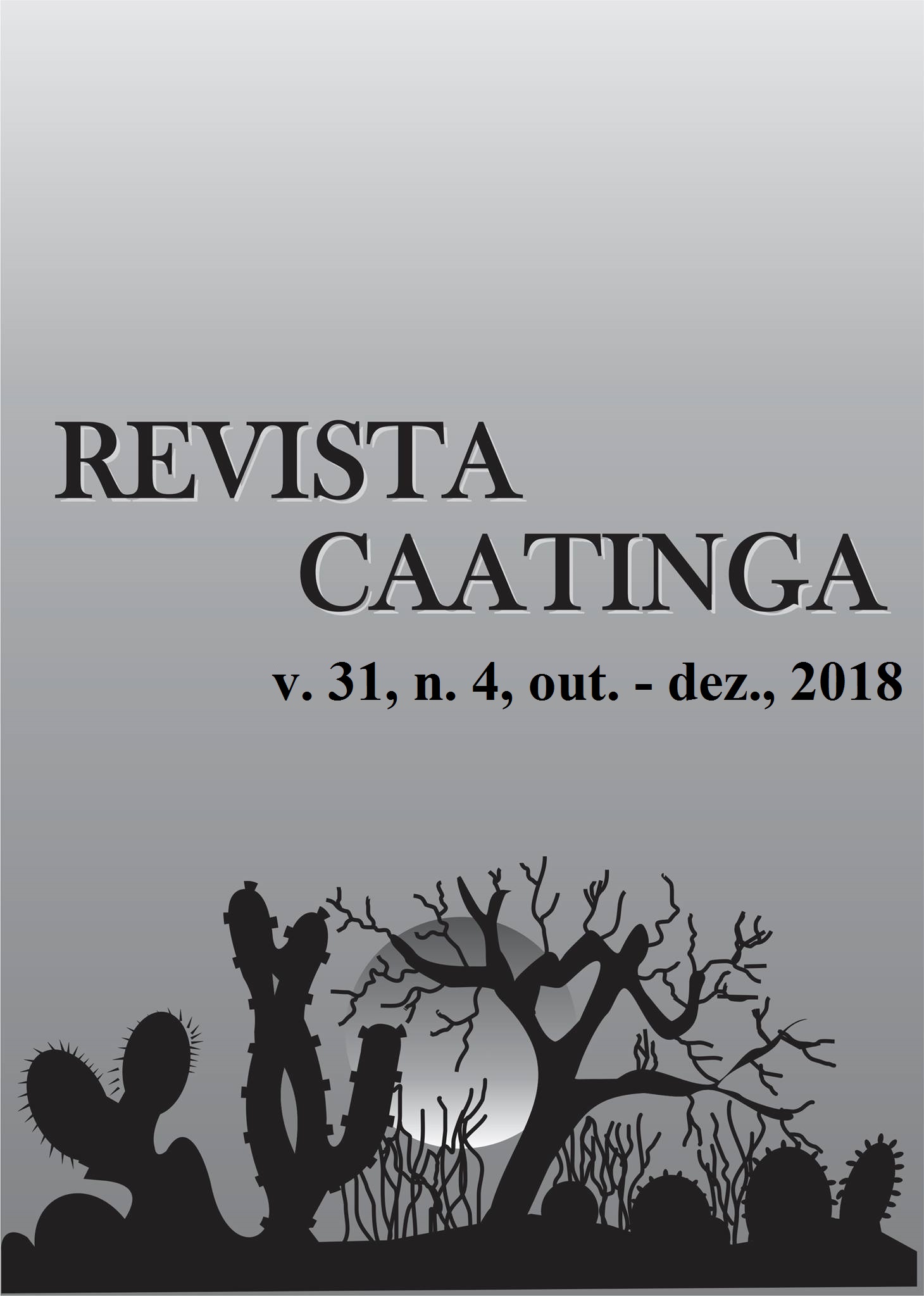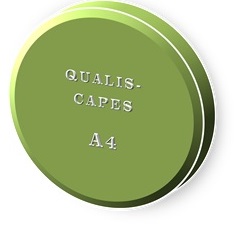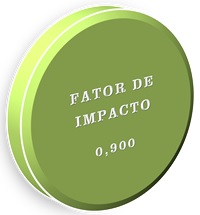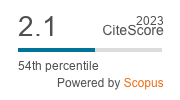GREEN FERTILIZATION WITH RESIDUES OF LEGUMINOUS TREES FOR CULTIVATING MAIZE IN DEGRADED SOIL
DOI:
https://doi.org/10.1590/1983-21252018v31n401rcKeywords:
Zea mays L.. Organic matter. Soil management. Conservation practices.Abstract
The objective of this study was to evaluate the effects of the addition of parts of leguminous trees on the growth and nutrition of maize (Zea mays L.), as well as on the chemical attributes of a degraded soil, 65 days after applying the residues. The experiment was conducted in pots, in a randomized block design with ten treatments and four replicates. The evaluated treatments were: T1 - No residues of leguminous trees, T2 - Leaves of Mimosa caesalpiniifolia, T3 - Branches of Mimosa caesalpiniifolia, T4 - Leaves + branches of Mimosa caesalpiniifolia, T5 - Leaves of Mimosa hostilis, T6 - Branches of Mimosa hostilis, T7 - Leaves + branches of Mimosa hostilis, T8 - Leaves of Gliricidia sepium, T9 - Branches of Gliricidia sepium and T10 - Leaves + branches of Gliricidia sepium. Pots were filled with soil from a degraded area and residues were added in the form of green mass after sowing the maize. Residues of leguminous trees positively influenced maize growth at 65 days after application and favored the accumulation of nitrogen, phosphorus and potassium in the shoots. Green fertilizers improved soil chemical attributes at 65 days after application, especially nitrate-N (NO3--N), ammonium-N (NH4+-N), total inorganic N (NO3--N + NH4+-N) and K, demonstrating that these species are good options for recovering degraded areas in the semi-arid region of Ceará.
Downloads
Downloads
Published
Issue
Section
License
Os Autores que publicam na Revista Caatinga concordam com os seguintes termos:
a) Os Autores mantêm os direitos autorais e concedem à revista o direito de primeira publicação, com o trabalho simultaneamente licenciado sob a Licença Creative Commons do tipo atribuição CC-BY, para todo o conteúdo do periódico, exceto onde estiver identificado, que permite o compartilhamento do trabalho com reconhecimento da autoria e publicação inicial nesta revista, sem fins comerciais.
b) Os Autores têm autorização para distribuição não-exclusiva da versão do trabalho publicada nesta revista (ex.: publicar em repositório institucional ou como capítulo de livro), com reconhecimento de autoria e publicação inicial nesta revista.
c) Os Autores têm permissão e são estimulados a publicar e distribuir seu trabalho online (ex.: em repositórios institucionais ou na sua página pessoal) a qualquer ponto antes ou durante o processo editorial, já que isso pode gerar alterações produtivas, bem como aumentar o impacto e a citação do trabalho publicado (Veja O Efeito do Acesso Livre).







